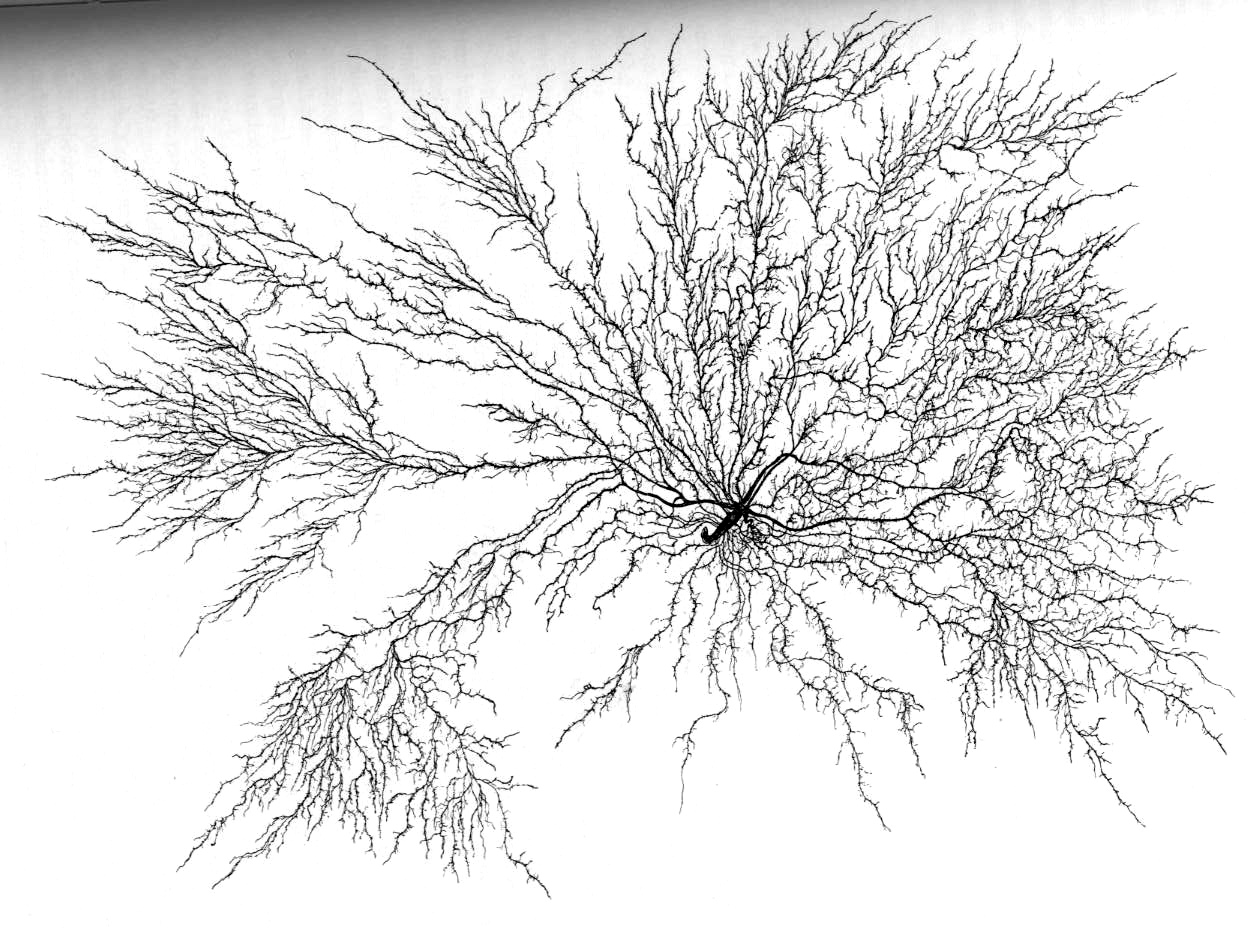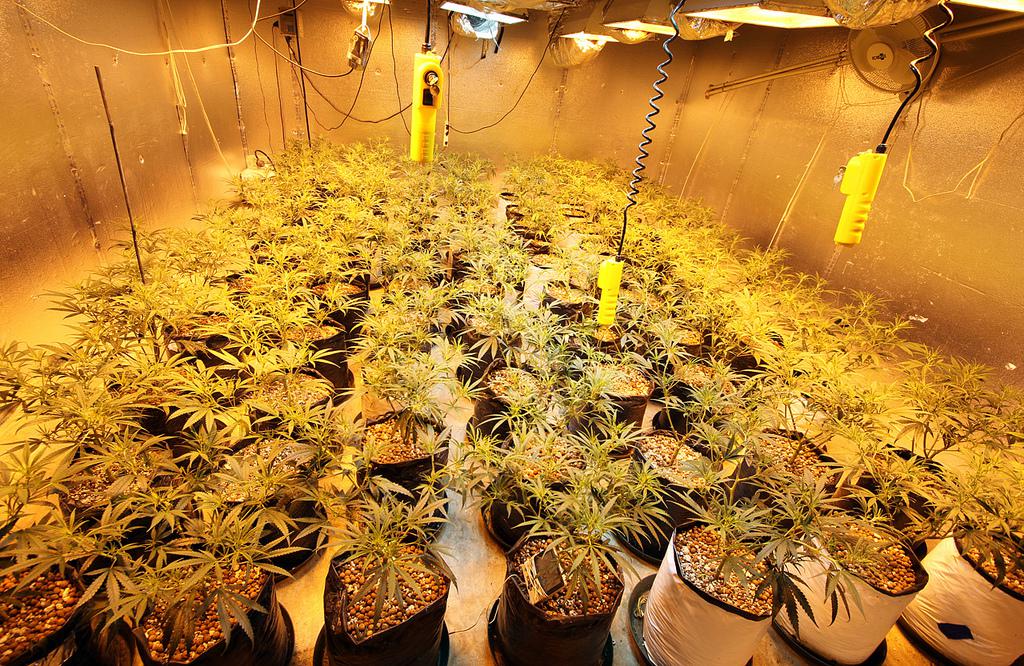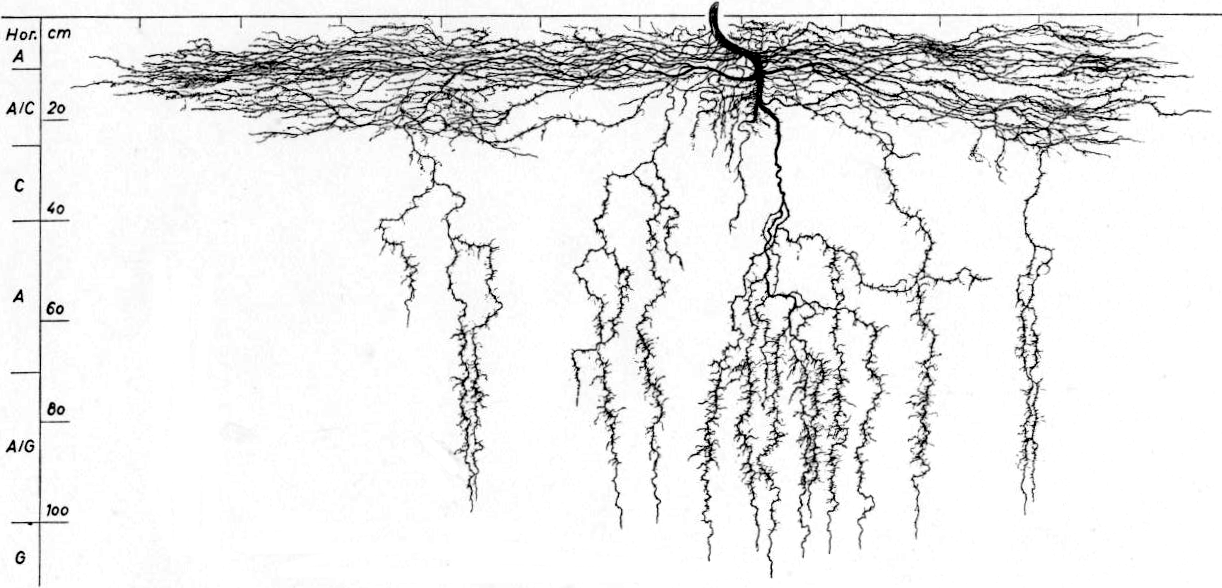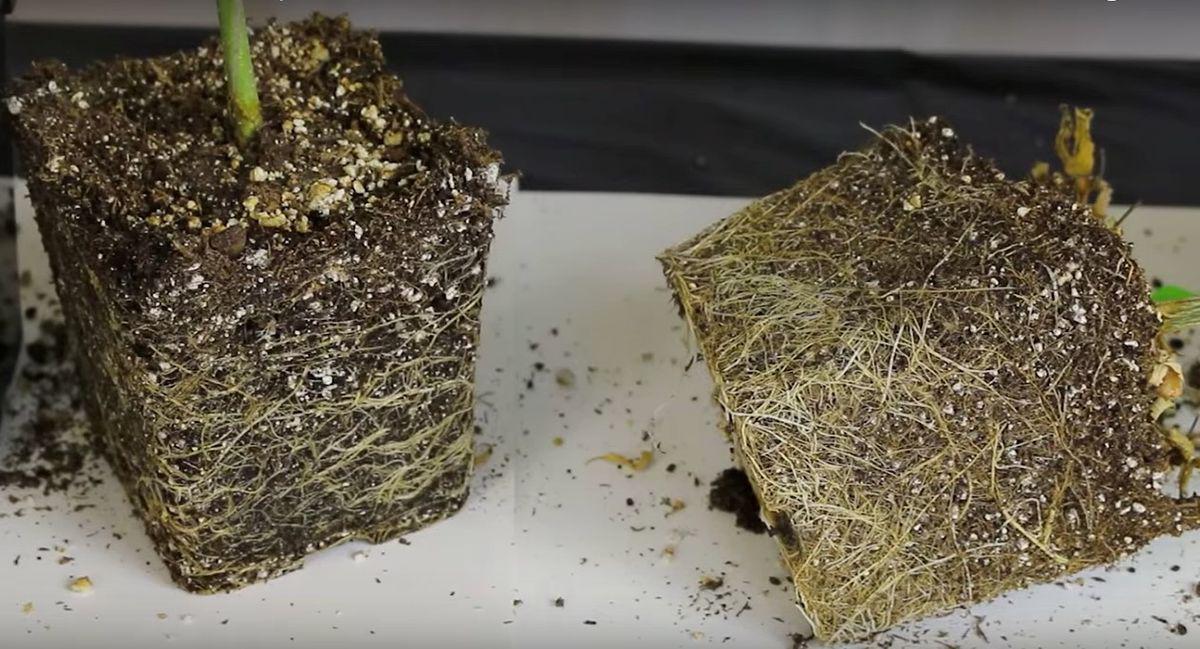Root mass is maybe the most undervalued element of cannabis plants, despite it being the start and the end of every plant's life. There are many factors that may affect root growth: temperature, moisture, oxygen… all of which have to be kept under control if we want the root system of cannabis plants to absorb water and minerals adequately and to be able to send them up through their body in order to help them grow vigorously. And, to do so, there's nothing like a breathable pot that offers excellent aeration for the root zone.

Homogeneous green coloring, resin-packed buds, strong branches… this is what you'd expect to find in a healthy cannabis plant. To get to this point, though, an important but almost invisible element has to be remembered. Yes, we're talking about the rooting system. Cannabis growers having a deep understanding of all there is to know about plant roots could lead to the development of huge plants and, of course, to bigger yields.
The origins of life: this is how roots work
No roots, no plants. After germination, roots start to absorb nutrients and water from the surrounding zone. The better they do their job, the bigger and the healthier the marijuana plant will be. If they fail to do so, plants could react as if they had been struck by a plague: their leaves and branches would start to turn yellow and all of a sudden they may even drop dead. Roots fix cannabis plants to the ground and provide them with the amount of water and essential minerals they need. This is possible thanks to the millions of little hairs they're covered in, which are, for example, responsible for transforming such minerals into the starches plants use for food. When starch is made through photosynthesis in the top parts of the plant, any excess of plant food is sent back to the root system for storage. The more energy the roots get to store, the more nutrients they'll be able to send to the leaves to be transformed into food. It's basically a cycle that, when everything goes well, leads to the development of vigorous plants. Therefore, the larger the root zone, the more our cannabis plant will grow.

Tips for strong and healthy roots
There are many factors affecting the health and growth of the root system: temperature, oxygen, moisture levels… That's why the first thing for the roots not to suffer is to select the best growing medium and container.
1- Oxygen
It's very important to remember that roots breathe in oxygen while the rest of the plant needs carbon dioxide (CO2). The root system uses oxygen to transform starches into energy. Such energy is used to send nutrients up to the plant, to create more starches. This is how the circle of life works. And, since roots feed on oxygen, we have to choose a pot or system that allows for excellent aeration. Churning or tilling on a regular basis could also be a great way to keep our growing medium well aerated. The lack of oxygen increases the likelihood of the root system being affected by pathogens. And speaking of which, remember that a clean space with proper ventilation will also prevent the emergence of plagues and diseases.
2- Space
If we're growing in pots, it's not enough to use a huge container because, with such a lot of space, roots risk drowning. Repotting them is simply inevitable. That's why we'd better start out with a small pot and change to a bigger one when the root system runs out of space. There are several types of containers available, some of them even with a specialized coating to prevent roots from strangling themselves or with side holes to let them grow freely.

3- Moisture
Taking good care of the substrate is very important as well. The nutrients and water accumulated in the lower part of the plant are sent up to the leaves as necessary (as long as the root system is in optimal conditions), which is why a medium capable of retaining moisture, such as peat, is highly advisable. However, while it's true that roots like moisture, be careful with the amount of water you provide your plants with: if the substrate is too damp, you may drown them, so it's better to let it dry up. If the medium fails to absorb it all and stagnant water accumulates, it could attract insects and plagues, which will obviously affect our plants' growth. It's therefore necessary to ensure proper drainage of the substrate. The best way to know whether a plant has the right amount of water is to poke the finger in the substrate (if it's still damp, wait a bit more before watering again) or to lift it up to check its weight.
4- Temperature
Much in the same way that temperature affects the leaves and buds, it affects what's underground. Roots mostly stretch out at night, when the rest of the plant is not working. That's why they love darkness and temperatures between 75°F and 78°F. Make sure these variables don't change significantly. Heat can cause lots of problems, particularly in hydroponics, since it'd diminish the water's oxygen-retaining capacity. It's, therefore, of utmost importance to maintain a comfortable temperature to assist root growth. If, for doing so, the use of air conditioners or fans is necessary, it'll be a wise investment.

5- Nutrients
Some of the chemicals found in non-organic nutrients can cause root damage: salts build up in the medium, preventing the root mass from absorbing the nutrients that the plant needs. When a lack of nutrients becomes evident (discoloration or loss of stiffness, for instance), we recommend thoroughly cleansing the substrate to remove any excess of salts. A root wash consists in adding lots of water to the substrate to remove the excess of nutrients from the root zone. To give you an idea, we'll need three times as much water as the capacity of the container: for an 11 L pot, we'll need 33 L of water. To prevent the plant from drowning, though, we have to control the drainage by making sure water comes out as it comes in. One of the best signs that the root wash is working is that the last liters are practically transparent.
6- Funghi
Roots also like another kind of 'nutrients'. Mycorrhiza and Trichoderma, for example, protect roots and improve the development of cannabis plants. Both parties benefit from this symbiotic relationship: plants absorb nutrients more easily and the fungus benefits enormously from the carbohydrates and vitamins the plant synthesizes during photosynthesis. This is how mycorrhiza helps plants produce bigger yields. Trichoderma can also improve the yielding properties of cannabis plants; so, with a strong root system, the number of buds will be far higher. If, when repotting, you see that the roots of your plants are strong, white and crisp, congratulations: everything is going perfectly. All that remains now is to see if the top part of the plant also works to perfection and, in a few weeks, the buds will be ready for harvest. So remember: roots are essential to obtaining heavy yields.





VERY HELPFULL INFORMATION!!
thanks for this blog i really like it iam gonna juse the advice
Great article!